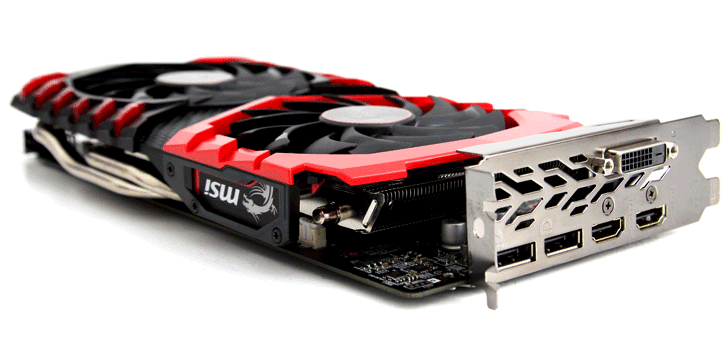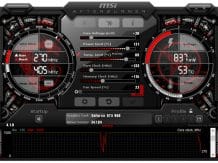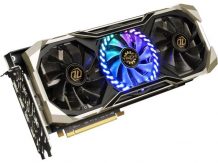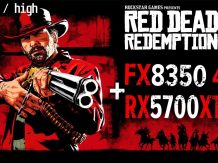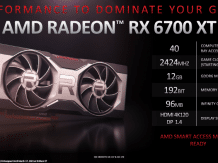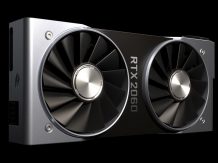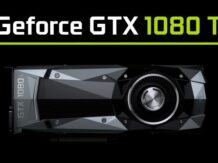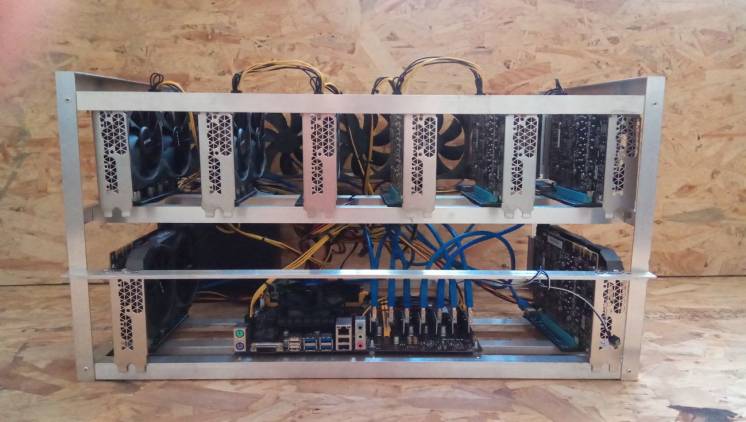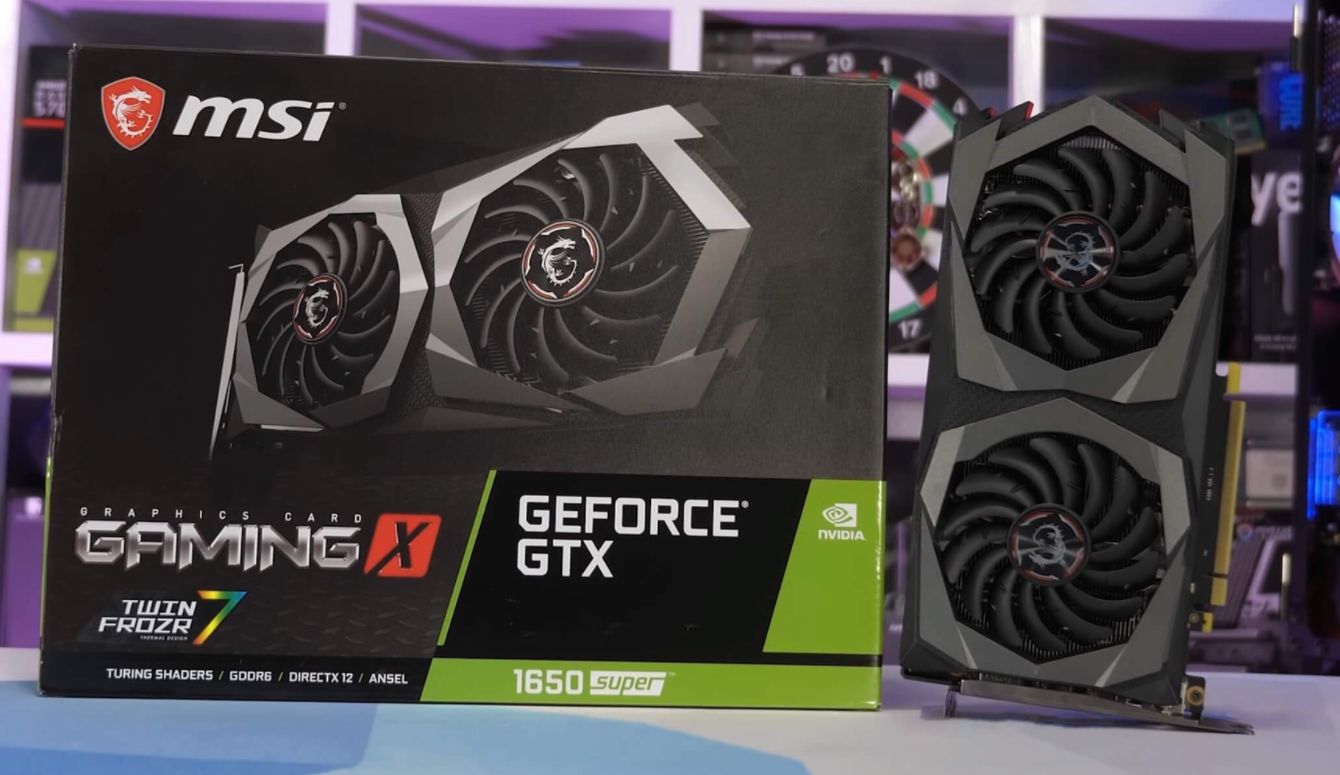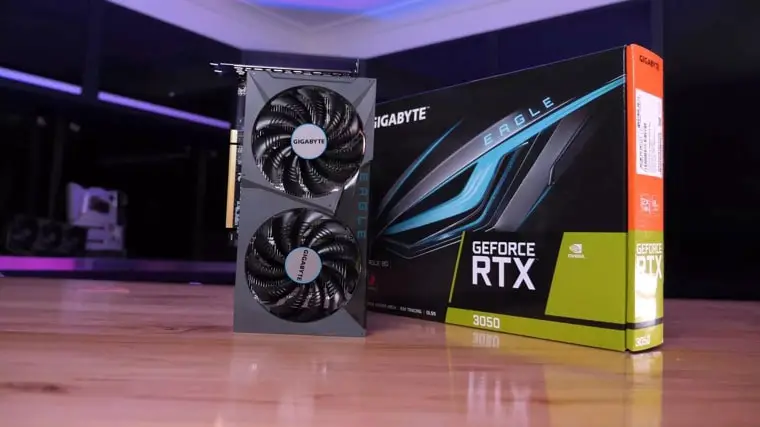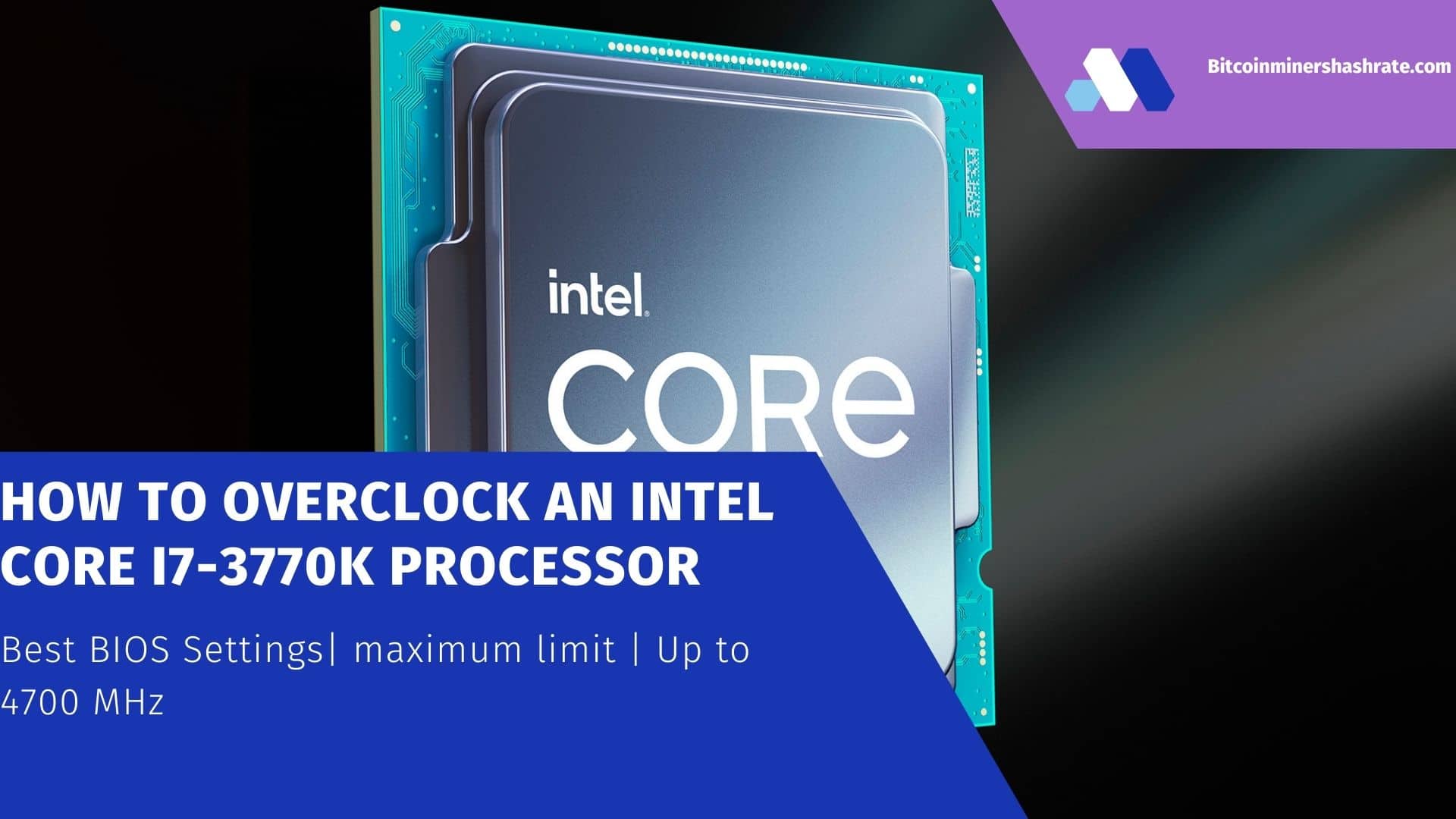How to ‘Increase/ Max/ Optimize’ RX 470 X 8G Gaming (MSI: Overclocking | Cooling | Power – The RX 470 redefines the gaming industry. Designed specifically for gamers, this powerful graphics card caters to all their needs. This video card supports all modern technologies for a comfortable and entertaining game, for example, Vulkan and API DirectX 12, which opens up new possibilities.
Powerful asynchronous shaders, the latest geometry rendering techniques and the best architecture at the moment “Graphics Core Next” allow you to achieve incredible picture quality. AMD FreeSync technology allows you to truly immerse yourself in the game with smooth and clear images during gameplay, and without any delays, even at the highest frame rates.
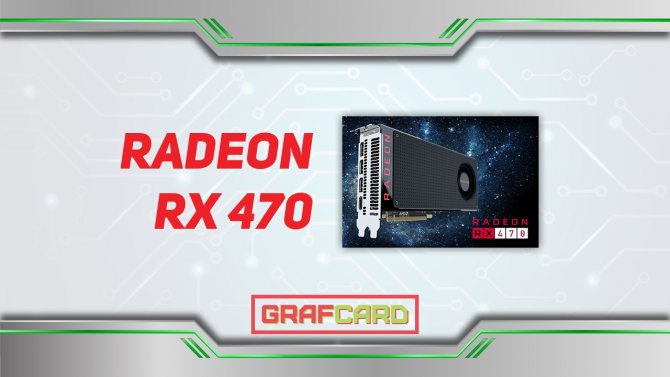
Thinking about becoming a streamer? Or open your own YouTube channel? Incredible hardware optimization allows you not only to record games in H.265 format at 4K resolution and 60 frames per second, but also to stream in real time without interruption.
How to Increase RX 470 X 8G Gaming: Specifications
| ARCHITECTURE GCN | 4th generation |
| COMPUTER UNITS | 32 computing units |
| STREAM PROCESSORS | 2048 |
| CLOCK FREQUENCIES (ACCELERATION / BASE) | 1206 MHz / 926 MHz |
| PEAK PRODUCTIVITY | Up to 4.9 teraflops |
| MEMORY RATE (MHz) | 1650 |
| MEMORY BANDWIDTH | 211 GB / s |
| MEMORY INTERFACE | 256 pages |
| MEMORY TYPE | GDDR5 |
| TYPICAL BOARD ENERGY CONSUMPTION | 120 watts |
| AMD FREESYNC ™ TECHNOLOGY | Yes |
| DIR ECTX® 12 SUPPORT | Yes |
| VULKAN ™ SUPPORT | Yes |
| VIRTUAL ULTRA HIGH RESOLUTION | Yes |
| HDMI VERSION | 2.0 |
| DISPLAYPORT VERSION | 1.4 HDR compliant |
| AMD EYEFINITY TECHNOLOGY (MAXIMUM NUMBER OF MONITORS) | Up to 6 monitors with DisplayPort MST hub |
Manufacturers
Many companies have begun mass production of this video card, the most famous of them are: Gigabyte, MSI, XFX, Asus, PowerColor. All of them are somewhat different and have their own distinctive features.
ASUS
The version from “Asus” will delight the user with factory overclocking of the processor, it can work in two modes “OS” and “Gaming”. The first with a frequency of up to 1270 MHz, the second up to 1250 MHz. The memory frequency is 1650 MHz, while the effective frequency is 6600 MHz. The manufacturer claims that this model works 25% faster than its predecessor – Radeon R9 380. The video card is assembled on a printed circuit board of the proprietary Asus design. There is a power supply subsystem consisting of six phases. Five for the graphics GPU, one for the memory needs. There is also a six-pin connector for additional power to the device. The card is cooled using the DirectCU II system, which consists of an aluminum heatsink and a pair of fans that turn off when the device temperature is low, as well as several heat pipes.
PowerColor
The video card has similar characteristics, however, the GDDR5 video memory in conjunction with a seven-phase power supply system and an eight-pin connector, in theory, should have a slightly better overclocking potential. The memory of the card has a frequency response of 1750 MHz, while the effective one is 7000 MHz. The cooling system is also quite good, especially considering the massive radiator, as well as the specially shaped blades used in the fan.
How to Maximize Hashrate: MSI
MSI presents 4 types of the card. They are divided into two lines: Gaming and Gaming X. Both lines have cards with 4 and 8 GB, respectively. Gaming GPUs operate at frequencies not exceeding 1230 MHz, and memory around 6600 MHz. Gaming X is represented by overclocking the GPU to 1254 MHz, as well as 6700 MHz memory. All cards have a 6-phase power subsystem, as well as an eight-pin connector for it. The card is cooled by means of the Twin Frozr VI technology.
Gigabyte
at the moment showed only the model with 4 GB memory. GPU increased to 1230 MHz, memory at 6600 MHz. The structure of the power supply subsystem: 6 + 1 – phases, eight-pin connector. The card is cooled with WindForce 2X. In addition, there is a reinforcing plate and backlighting.
XFX
“XFX” shows 4 variations of “RX 470” at once. And all have only 4 GB of memory. 4 + 1 phase and 6-pin connector – these are the distinguishing features of the power system. Models differ only in quantity often, however, one model has a built-in special cooling system.
The most powerful model, the Radeon RX 470 RS Black Limited Edition, has a 1280 MHz processor and 7000 MHz memory.
Eight from the box: the invasion of MSI Radeon RX 480/470 Armor graphics cards
The release of the MSI GeForce GTX 1080 30th Anniversary graphics card pleased the fans of the Taiwanese manufacturer, especially those who have the necessary amount (€ 900 or more) to buy this “monster”. To the public who prefers not to spend money on high-end solutions, Micro-Star is ready to offer a number of simpler products – video adapters of the Radeon RX 470 and Radeon RX 480 class, equipped with Armor 2X coolers, GDDR5 buffer memory in the volume of 4 and 8 GB, and functioning on the recommended or higher (prefix OC) frequencies. Various combinations of characteristics have allowed MSI to release eight devices at once – from the relatively modest Radeon RX 470 Armor 4G to the “advanced” Radeon RX 480 Armor 8G OC.

The above marketing sketches show a high degree of similarity between the new products. On the other hand, photographs of printed circuit boards and cooling bases reveal obvious differences. In particular, the Radeon RX 480 models use a cooler based on two 6mm copper heatpipes, while the RX 470 cards have only one heatpipe (though of a larger diameter – 8mm). The circuit design of devices based on a full-fledged Polaris 10 chip is more complicated: eight power phases are wired, two of which supply power to the GDDR5 chip. In turn, for Radeon RX 470 models, part of the PCB is empty, and the power system consists of six phases (4 + 1 + 1). The power connector located at the edge of the PCB in both cases is an 8-pin PCI-E Power.
MSI Radeon RX 480 Armor 8G OC and other cards based on the same chip are slightly longer than the representatives of the RX 470 Armor family – 269 mm versus 246 mm, which should be taken into account by owners of compact (microATX and Mini-ITX) cases. Among other things, the older models operating 2304 stream processors are notable against the background of the younger ones with only 2048 shaders, the presence of two HDMI 2.0b video outputs (along with a single DVI-D and a pair of DisplayPort 1.4) and official support for virtual reality headsets Oculus Rift and HTC Vive …

It is worth mentioning the factory frequency ratios, which range from 1206/6600 MHz (core / memory) for the Radeon RX 470 Armor 4G / 8G to 1291/8000 MHz for the Radeon RX 480 Armor 4G / 8G OC. Frequency parameters of all eight video cards are given in the corresponding tables of characteristics.

The manufacturer has not yet decided on the recommended prices for new products.
RX 470 performance and benchmarks
To begin with, let’s compare the version of the video card with 4 and 8 GB with each other, and then we will already consider their performance in comparison with other analogues.
When making such a comparison, it is important to take into account that regardless of the amount of memory, its frequency in both variations will be identical, namely 6600 MHz. The 256-bit data bus is the same.
And so, let’s go over the games on which the testing took place. All games were exposed to maximum graphics with all additional textures in both 1080p and 4K resolutions.
Total War: Warhammer
At 1080p, the 8GB model produces 69 frames, while its smaller 4GB sibling produces 65 frames.
Things are much worse at 4K. 8 GB has 24 frames, while 4 GB has 22 frames. However, it is understandable. If you want to play in such high definition, take two RX 470s.
DOOM (2016)
At 1080p, the 8GB model shoots 87 frames, while the 4GB model gets 84.
At 4K, the result is 29 and 27 frames, respectively.
GTA V
At 1080p, the 8GB model achieves 81 fps, while the 4GB model achieves 76 fps.
At 4K, the result is 29 and 25 frames, respectively.
The Witcher 3: Wild Hunt
At 1080p, the 8GB variation has 52 frames, and the 4GB variation has 49.
At 4K, 8 GB has 24 frames, while 4 GB has only 22.
Outcome
As we can see, the difference between the 4 and 8 GB versions is not so significant and averages 3-5 fps.
MSI unveils Radeon RX 470 Gaming (X) graphics cards with different memory sizes
The renowned manufacturer of graphics accelerators MSI is ready to offer customers its own Radeon RX 470 graphics cards, which are significantly different from the reference adapter. It is noteworthy that, like AMD, Micro-Star did not develop a new PCB design for the RX 470 Gaming (X), based on the layout of the RX 480 Gaming (X) cards. Four MSI Radeon devices based on Polaris 10 (Pro) core will enter the market: RX 470 Gaming 4G, RX 470 Gaming X 4G, RX 470 Gaming 8G and RX 470 Gaming X 8G. Outwardly, they all look alike like two peas, but they are not identical in the amount of buffer memory (4G – 4 GB, 8G – 8 GB) and performance indicators.
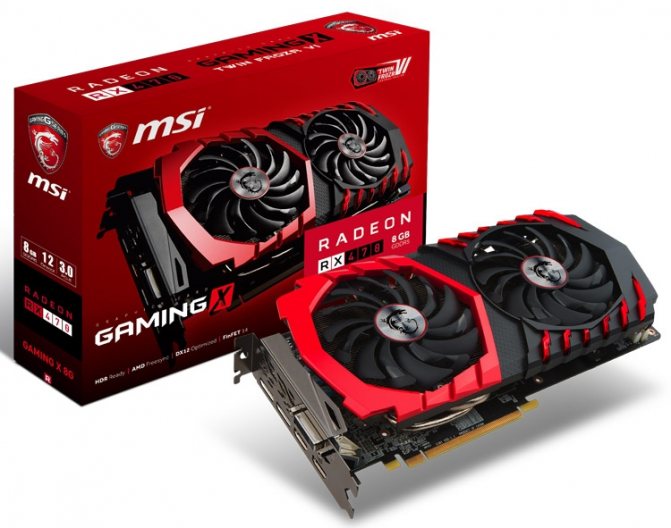
The video cards operate on 2,048 4th generation GCN stream processors, 128 texture units, 32 ROPs and a 256-bit memory bus as part of the aforementioned 14-nm graphics chip. The operating frequencies of the Gaming X models are higher than those of the “simple” Gaming adapters. In Gaming mode (by default), the former are clocked at 1242/1650 (6600) MHz for the core and memory, respectively, and the latter at 1218/1650 (6600) MHz. When the OC profile is activated in the MSI Gaming App, the Radeon RX 470 Gaming X 4G / 8G cards operate at 1254/1675 (6700) MHz, while the RX 470 Gaming 4G / 8G runs at 1230/1650 (6600) MHz. Lower frequencies relative to MSI Radeon RX 480 Gaming (X) devices are not only and perhaps not so much a marketing trick, but a consequence of a simplified cooler design.
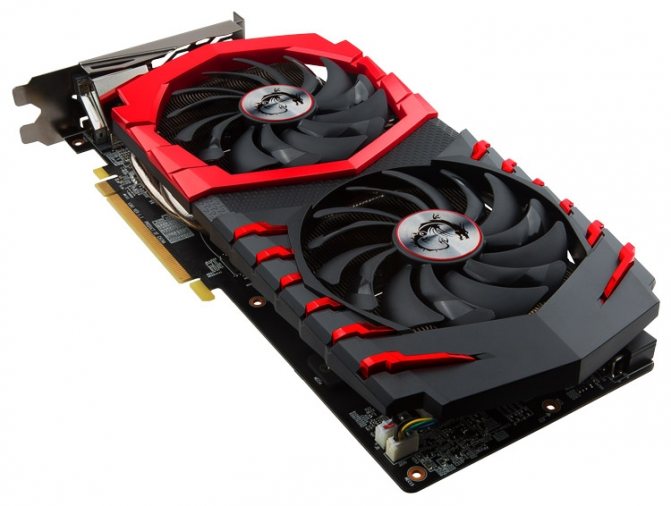
The cooling system includes one 6mm and one 8mm copper heat pipe. A full-fledged Polaris 10 has three heat pipes, and the radiator area is larger. On the other hand, a sensible pricing approach can compensate for less “optimization”.
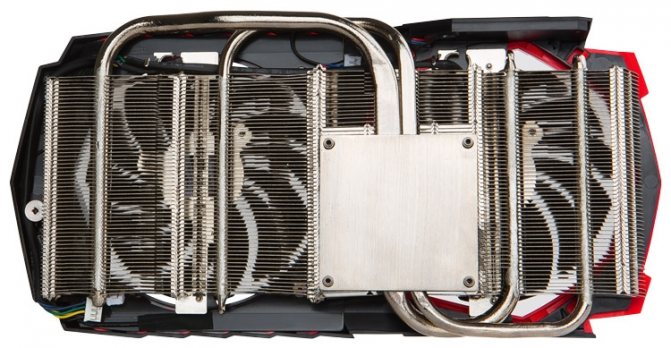
Each of the considered RX 470 Gaming (X) video cards has dimensions of 276 (L) × 140 (W) × 37 (H) mm, support for 2-Way CrossFire configurations and a set of video outputs, including two DisplayPort 1.4 and HDMI 2.0b ports, and also a single Dual-Link DVI-D.

The device power circuit uses six power phases (including four for the GPU) and an 8-pin PCI-E Power connector. Part of the energy, albeit a very small one, will also be “eaten” by the built-in LEDs. The user can customize the color and effects of the glow to his liking.
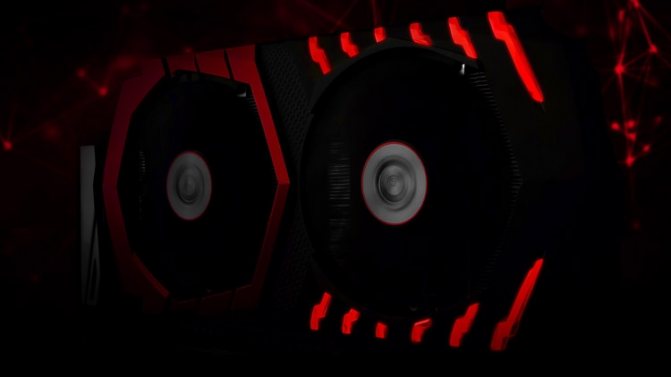
In the process of preparing this material, two of the above video cards appeared in the price lists of Western European stores, and both – MSI Radeon RX 470 Gaming X 4G and Gaming X 8G – acquired a price tag of € 239. Younger Gaming X is ready to debut in US retail (Newegg.com) for $ 199.99 per unit (excluding sales tax).

Comparison of Radeon RX 470 with analogues
Let’s consider the capabilities of the “RX 470” in comparison with the closest competitors using specific examples.
Batman: Arkham Knight
| Video card | FPS |
| Radeon RX 480 8GB | 45,8 – 71,5 |
| Radeon R9 290 4GB | 44,2 — 65 |
| Radeon RX 470 4GB | 41 – 66,2 |
| GeForce GTX 1060 6GB | 47 – 73 |
| GeForce GTX 970 4GB | 43 — 69 |
Battlefield 4
| Video card | FPS |
| Radeon RX 480 8GB | 34 – 48,4 |
| Radeon R9 290 4GB | 41,2 – 52,2 |
| Radeon RX 470 4GB | 31,8 – 43,9 |
| GeForce GTX 1060 6GB | 54,2 – 69,4 |
| GeForce GTX 970 4GB | 45 – 58,4 |
However, after overclocking, the “RX 470” increases its performance by 15% and reaches the “RX 480” level.
Fallout 4
| Video card | FPS |
| Radeon RX 480 8GB | 38,8 – 49,4 |
| Radeon R9 290 4GB | 39,4 – 49, 7 |
| Radeon RX 470 4GB | 37 — 45 |
| GeForce GTX 1060 6GB | 43 – 56,1 |
| GeForce GTX 970 4GB | 41,4 – 51,9 |
After overclocking, “RX 470” also reaches the level of RX 480.
Tom Clancy’s The Division
| Video card | FPS |
| Radeon RX 480 8GB | 35,6 – 58,6 |
| Radeon R9 290 4GB | 31 – 50,7 |
| Radeon RX 470 4GB | 33 – 53,5 |
| GeForce GTX 1060 6GB | 36,4 – 62,1 |
| GeForce GTX 970 4GB | 33 – 56,3 |
When overclocked “RX 470” it even bypasses 480 by 3-4%.
Review of MSI RADEON RX470 GAMING X 8G video card
The new series of graphics cards with AMD Polaris GPU promises to be interesting. The Radeon RX460 and RX470 models did not have reference motherboards, so every manufacturer is doing their best to assemble the best and fastest graphics card. In the case of the Radeon RX460, there is a factory overclocking, a different number and arrangement of power phases, as well as an increase in memory up to 8 GB and, of course, a backlighting of the cooling system.
The MSI RADEON RX470 GAMING X 8G video card contains all the features listed above. At the same time, a video card is not so expensive among gaming solutions. About 18 300 rubles at the time of this writing.
How to Optimize: MSI RADEON RX470 GAMING X 8G
The video card comes in a classic red box, decorated in the MSI style. The front side shows the video card itself and indicates its main characteristics. In particular, the MSI RADEON RX470 GAMING X 8G received an unreferenced motherboard design, 8 GB of RAM and a proprietary MSI TWIN FROZR VI cooling system.

On the reverse side of the package, as expected, the main characteristics and features of the video card are indicated.

Externally, MSI RADEON RX470 GAMING X 8G is very similar to another video card from MSI – GTX 1060 GAMING X 6G. This similarity is achieved thanks to the same cooling systems that cover almost the entire PCB and its electronic filling.
On the plastic cover of the CO, next to the second fan, there are 12 “ribs”. They contain red backlight LEDs. The dimensions of the video card are 276x140x37 mm. Simply put, it will fit in most system blocks and take up two slots.

The set of connectors on the MSI RADEON RX470 GAMING X 8G is typical for modern gaming video cards. These are two DisplayPort v1.4, and two HDMI v2.0b. The only DVI-D (Dual Link) connector has no contacts for a D-SUB adapter. Alas, this approach has now become the norm for manufacturers of modern video cards and motherboards with video outputs.

There is nothing interesting on the top and bottom side panels. Everything here is arranged in exactly the same way as with most video cards.

To power the video card, one 8-pin connector is used, which is located in its usual place.

The reverse side of the textolite board is not covered with a metal panel, so there is nothing interesting on it either.

Cooling system and interior
As we already mentioned, the graphics card received the MSI Twin Frozr VI cooling system. This is the sixth version of the famous MSI cooling system, which was introduced back in 2009.
Two TORX 2.0 fans with dispersion blades are responsible for cooling the radiator. According to the manufacturer’s website, this blade design increases airflow by 22%. In addition, the fans will not spin until the CPU temperature reaches 60 degrees.

The heatsink for the video card turned out to be massive – we saw about the same heatsink on the GTX 1060 from MSI. To remove heat from the GPU, two copper heat pipes with a maximum diameter of 8 mm are also used. At the same time, the pipes themselves do not directly contact the video core – for this, the radiator has a nickel-plated copper base.

To cool the power subsystem of the MSI RADEON RX470 GAMING X 8G, a separate passive radiator is provided, which is held in place by two screws. On the reverse side of it there is a thermal tape, which creates a reliable contact of hot electronics with a radiator.

Now let’s take a look at the MSI RADEON RX470 GAMING X 8G motherboard without heatsinks. Since the RADEON RX470 does not have a reference design, each video card manufacturer has to create its own versions.

MSI engineers have equipped the graphics card with a 4-phase GPU power system and a 2-phase memory power system. At the same time, on the textolite board, you can see two more pads for the GPU power phases. They will probably be used in the Radeon RX 480 from MSI.

The video card has three connectors for connecting fans and lighting. Two of them are in the lower right corner of the textolite board, and the last, the third – in the upper right.

The heart of the video card is the Polaris 10 video core, and the memory is filled with eight Micron 5XA47 D9SSX chips. By the way, there are four spacers next to the GPU substrate that will prevent the radiator from crushing the Polaris 11 crystal if installed incorrectly or too tightly.

Specifications
| GPU codename | Polaris 10 |
| Technical process | 14 nm |
| Number of transistors, billion | 5 700 |
| Number Number of shader ALUs | 2048 |
| Number of texture units | 128 |
| Number of ROPs | 32 |
| GPU frequency | Up to 1254 MHz in OC mode; Up to 1242 MHz in game mode Up to 1206 MHz in quiet mode; |
| Video memory size | 8 GB GDDR5 |
| Video memory frequency | 6700 MHz in OC mode; 6600 MHz in gaming and quiet modes |
| Length of video memory | 256 pages |
| Interface | PCIe 3.0 x16 |
| Connectors | 1x DVI-DL, 2x HDMI 2.0b, 2x DisplayPort 1.4 |
| Energy consumption | 110 watts |
| Dimensions (edit) | 276x140x37 mm |
| Estimated price | 18 300 rubles |
Like other MSI Radeon RX graphics cards, the RX470 GAMING X 8G version can operate in several modes: quiet, gaming and overclocking. The difference between them lies in the maximum frequencies of the GPU and video memory. The highest GPU and memory frequencies can be obtained by turning on the “overclocking” mode (1254 and 6 700 MHz) and the lowest – in the quiet mode (1206 and 6 600 MHz).

Also, the video card has undergone a slight factory overclocking. The nominal maximum frequency of the video core for the Radeon RX 470 is 1206 MHz for the video core and 6 600 MHz for the video memory, which corresponds to the “quiet” mode of the video card. Our version of the RX470 has higher frequencies. In the fastest, “overclocking” mode, the frequency of the video core increases to 1254 MHz, and the frequency of video memory – to 6 700 MHz
Test stand
Processor: Intel Core i5-6600K Motherboard: ASUS Z170-Pro Cooler: DeepCool Lucifer V2 RAM: GEIL DDR4 DRAGON RAM Video card: MSI RADEON RX470 GAMING X 8G Power supply: Be quiet! Dark Power Pro 11 850W Windows 10 64 Bit
Temperature and noise level
The MSI TWIN FROZR VI cooling system has done an excellent job. As stated by the manufacturer, the fans did not rotate until the GPU temperature reached 60 degrees. Then, after turning on the fans, the cooling system worked quietly and almost did not give out its presence in any way. As for the maximum temperature of the video core, it was 73 degrees. Nice results.
Test results
The MSI RADEON RX470 GAMING X 8G video card showed good results in the tests. The large amount of video memory of 8 GB allowed it to gain several additional FPS in each of the benchmarks.
Conclusion
MSI RADEON RX470 GAMING X 8G, like all video cards with chips from AMD, showed results corresponding to its cost. A large amount of video memory of 8 GB will help the video card to squeeze out a few extra FPS in modern games at resolutions of 1920 × 1080 and 2560 × 1440 pixels. Also, thanks to the large amount of memory, it will be possible to run games in 4K resolution – in this case, the MSI RADEON RX470 GAMING X 8G will cope with the task much better than its counterparts, which have only 4 GB of RAM soldered on board. But do not expect miracles from an inexpensive gaming video card: in order to play in 4K at maximum graphics settings, you will need a flagship video adapter. One way or another, the doubled video memory gives an advantage in heavy testing, and that’s great.
As for the price of MSI RADEON RX470 GAMING X 8G, it doesn’t bite at all when compared with the price tags of other gaming video cards. At the time of this writing, the average price of MSI RADEON RX470 GAMING X 8G is 18,300 rubles.
Review of MSI RADEON RX470 GAMING X 8G video card was last modified: December 21st, 2021 by Konstantin
AMDMSIMSI RADEON RX470 GAMING X 8GradeonRadeon RX 470
Applicability and conclusion
Among video cards costing up to $ 300 “RX 470” shows itself excellently and is one of the leading models, especially considering that it is often much cheaper than its counterparts with the same power. This is especially true of rivals from “Nvidia”. A distinctive feature of the card is its overclocking potential, which even an ordinary user can reveal.
Who and for what purposes is this video card suitable? Of course, first of all, it is aimed at gamers, but its high technical indicators make it possible to successfully use it also in the field of 3D modeling and video rendering.





